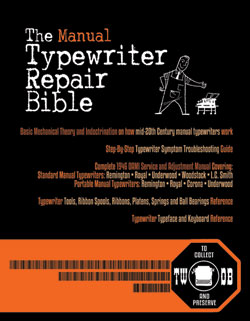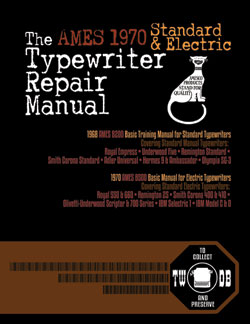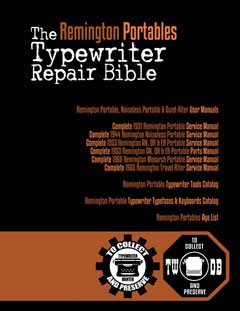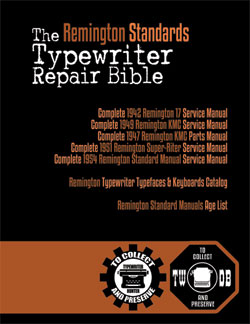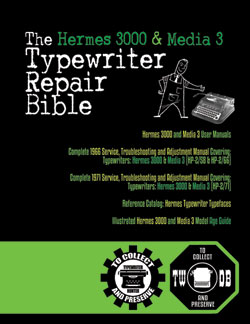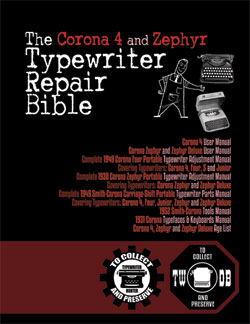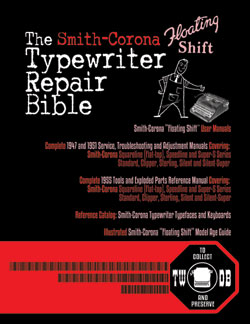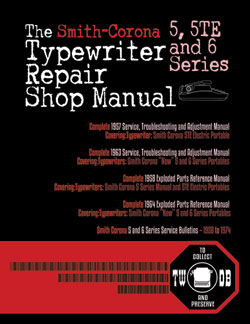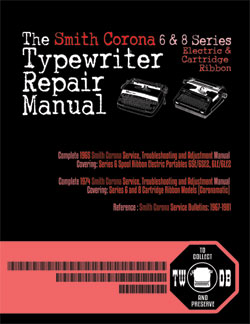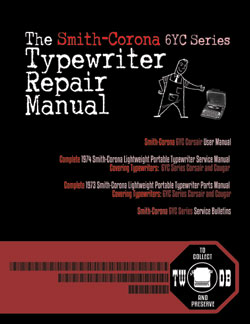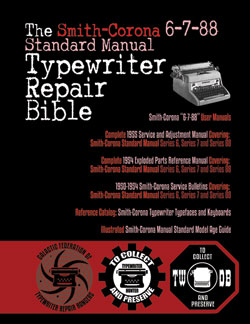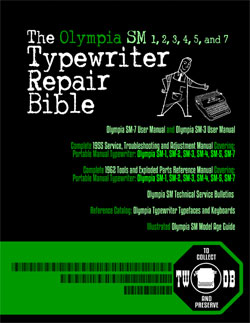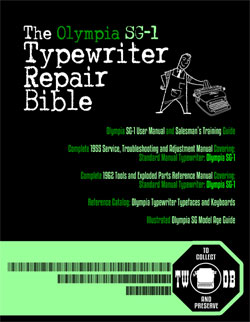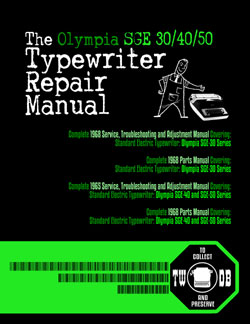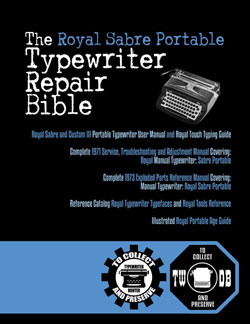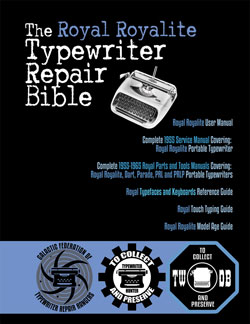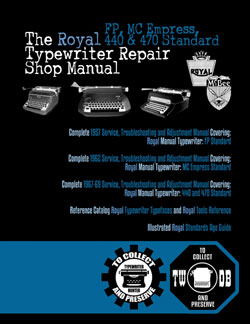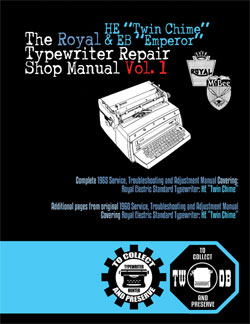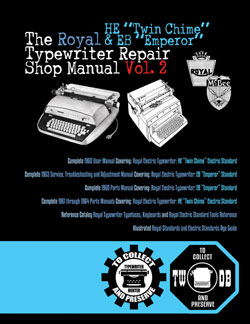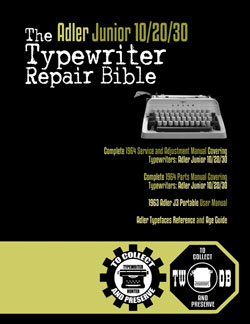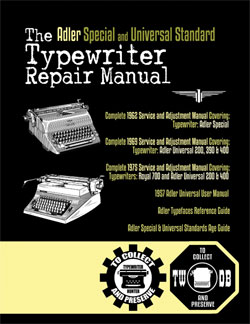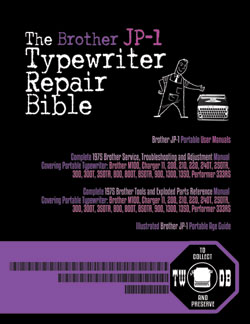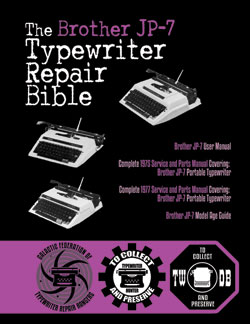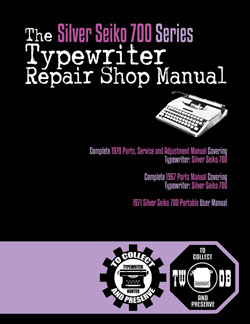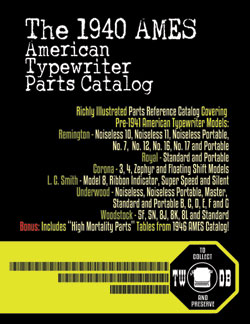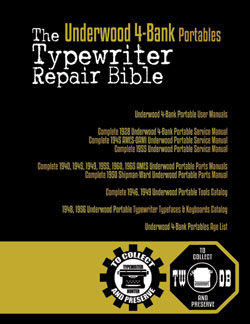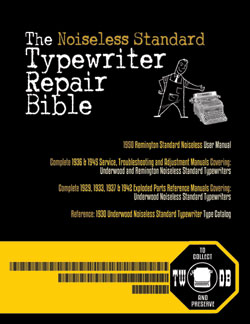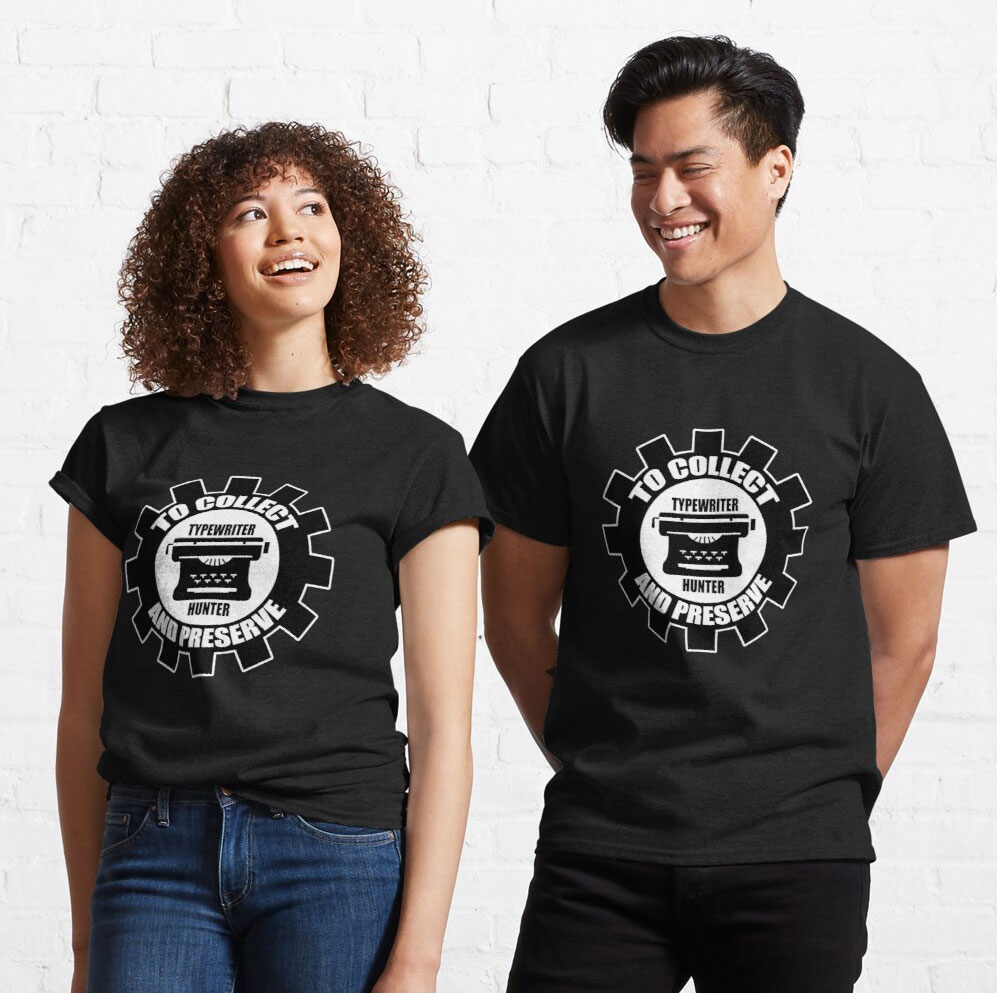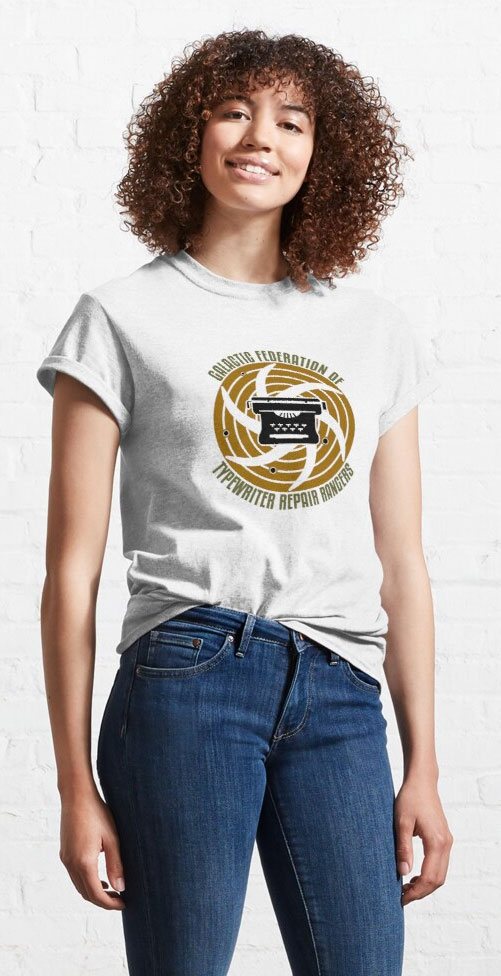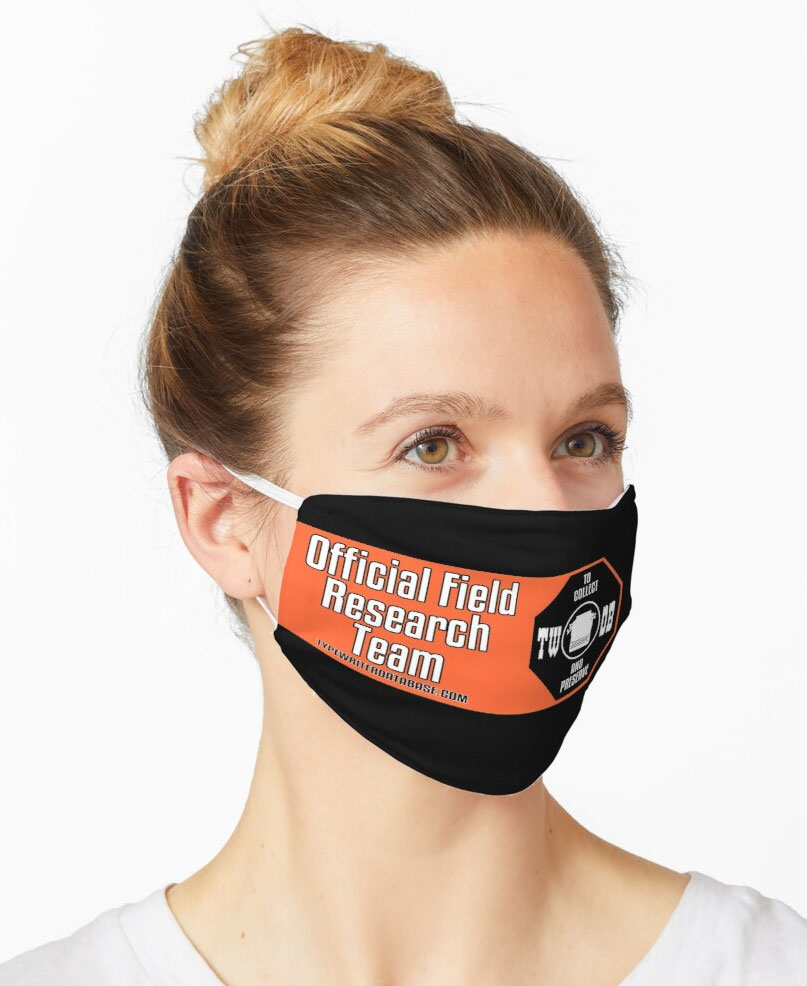1942 Urania Klein-Urania #401832
Status: My Collection
Hunter: Paolo Dal Chiele (pdcox)
Created: 07-30-2020 at 12:06PM
Last Edit: 02-08-2025 at 07:37AM
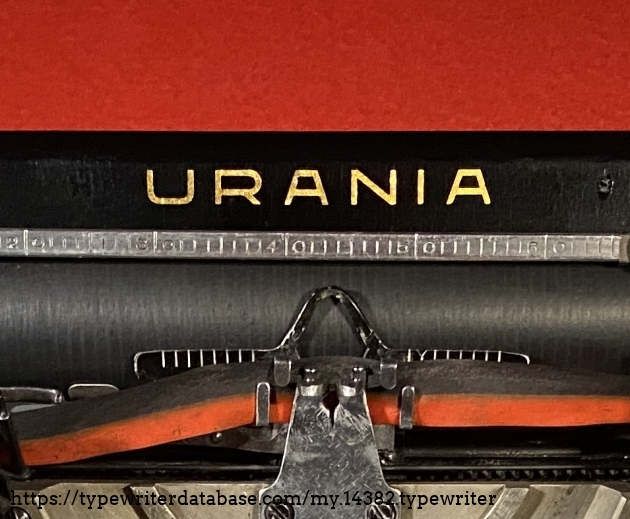
Description:
The Urania Klein is an interesting machine for collectors and with many particular features but that, overall, leaves me a little perplexed.
It is a relatively compact portable machine, with a 44-key keyboard that (with the number "1") color change and some very refined pieces such as the color change knob, the carriage locking mechanism and the paper release lever. First doubts: these details are beautiful, but in my opinion the lever is not very functional and the carriage block is unnecessarily complicated.
Apart from the return lever on the right side (of which I do not understand the advantages), the most interesing peculiarity is the structure that in automotive terms we would be defined "unibody", with the mechanical components fixed directly to the body without frame. The advantages are the reduction in size and lightness, to the detriment of the robustness and simplicity of doing some maintenance operations involving the disassembly of some components. Second perplexity: in my opinion Urania has gone a little too far with weight reduction, and for this reason it has opted for a silumin cover which on the one hand represents a true work of art, but which has a disproportionate weight compared to to the rest of the machine. Its function, I am afraid, was to compensate for the lack of mechanical protection and to give it the necessary stability to prevent the typewriter from moving during writing. It is no coincidence that many of the Kleins in which the cast iron has been replaced with plastic have the cover broken.
More effective seems to me the solution adopted by the contemporary Olympia Filia, which even if it was an ultra-economic model, had a lot of very clever mechanical solutions, such as the front of the mechanics fixed to a half-frame, and only the rear of the mechanics fixed to the body, which makes maintenance easy despite the pivoting key levers on the rear of the machine and not in central position as in the Klein.
The pivoting key levers in the central part of the Urania help to make the type stroke light (even too much for me), and make some maintenance operations relatively easy, even if the system of connection arms of the various mechanisms seems to me not very elegant (third perplexity ), preventing me to appreciate the Urania-Klein design very much.
The ribbon reverse mechanism is refined but quite delicate and subject to wear, and as in the case of my machine it can create problems, while, on the contrary, the margin release mechanism is a little primitive, but still consistent with the aim to reduce the size.
In conclusion it is a compact machine, relatively light, which offered at the time when it was launched in the market a writing experience close to that of semi-portable models, but with some not practical details (return lever and paper release lever above all) and a a certain overall disharmony, for example between refinement and simplicity and between the weight of the body and the weight of the cover. A good machine, although not the best in its category at the time, which leaves me with the feeling of a project developed quickly.
This particular machine was very dirty, with the vibrator and some keys stuck. The main problem was the deformed left ribbon reverse mechanism that prevented the ribbon to move from right to left. The real surprise when I disassembled the machine was to discover that the "G" key lever had been broken and was perfectly repaired, operation that also included the re-soldering of the key tip, a very neat job, as confirmed be the perfect alignment of the letter and the fact that the repair is almost invisible. Honour to the unknown mechanic who did this perfect job!
Typeface Specimen:
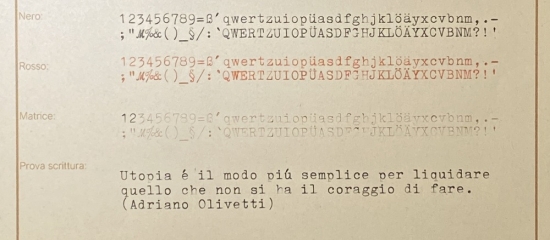
Photos:
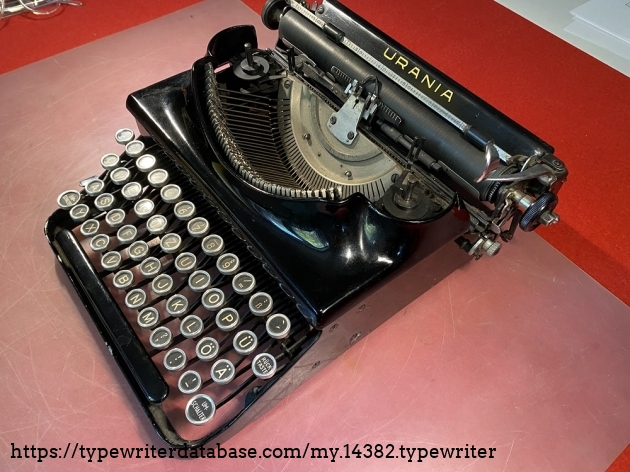
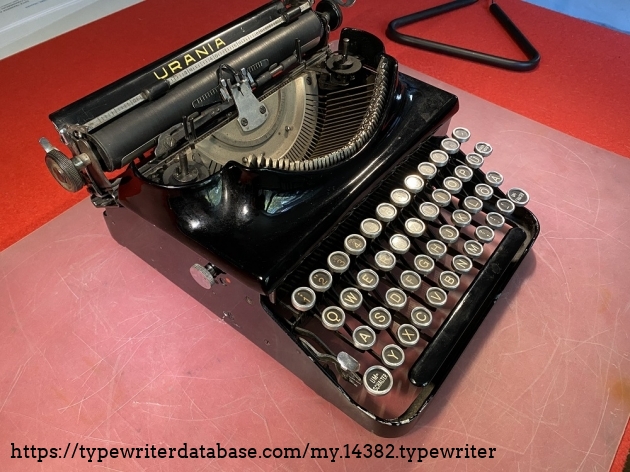
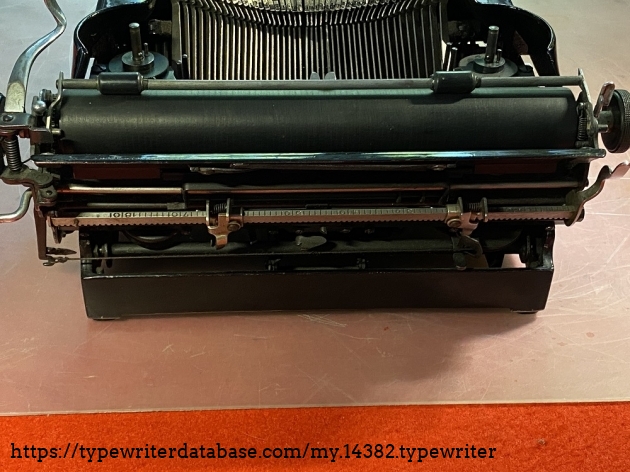
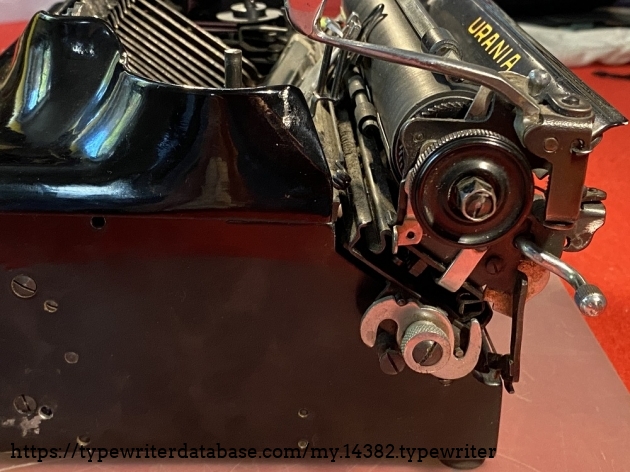
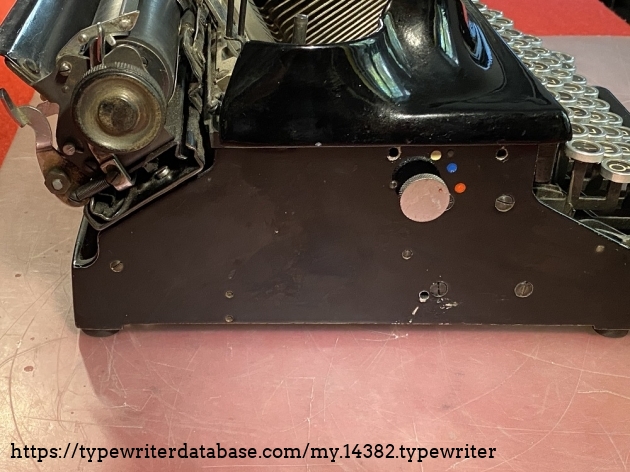
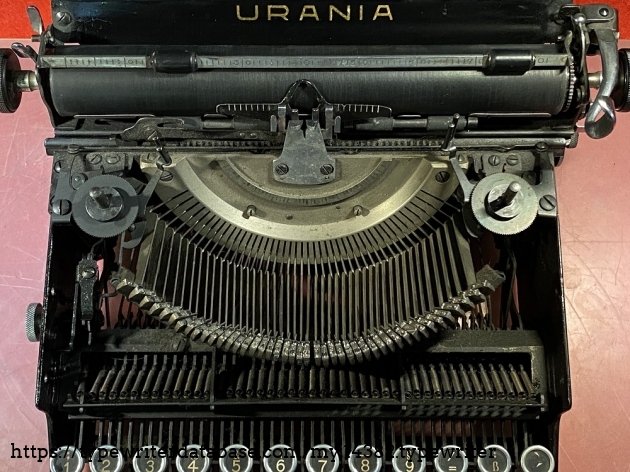
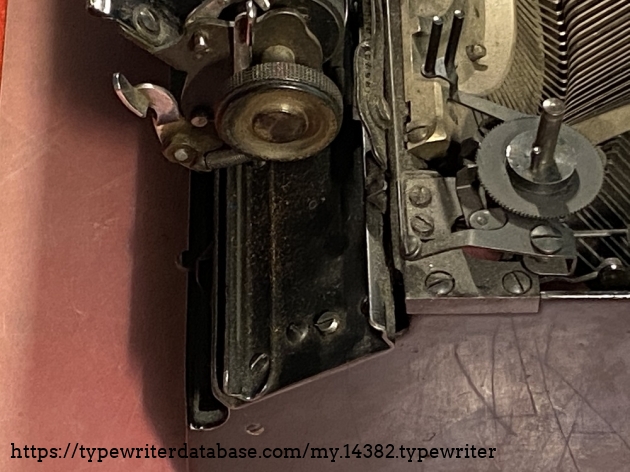
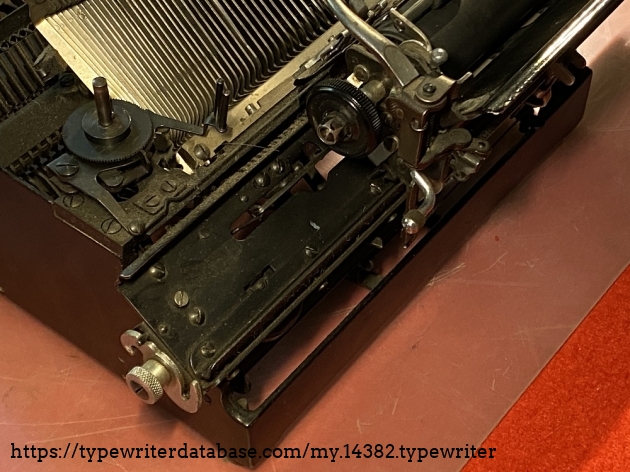
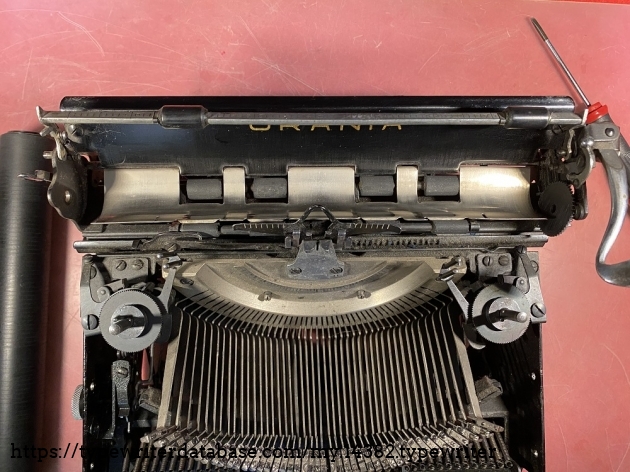
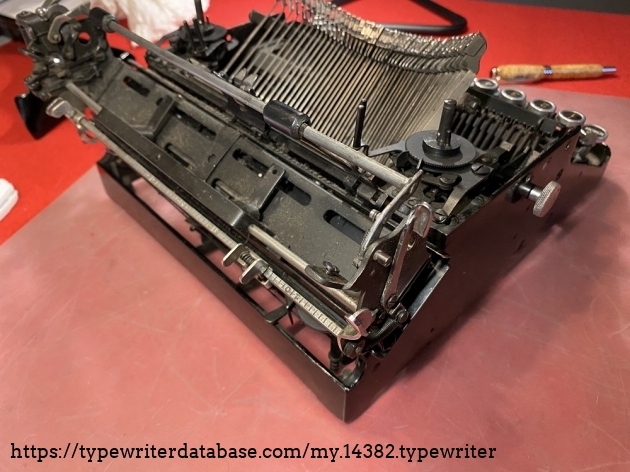
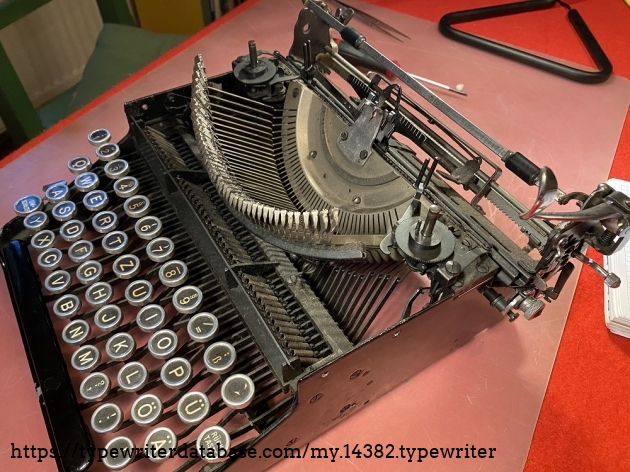
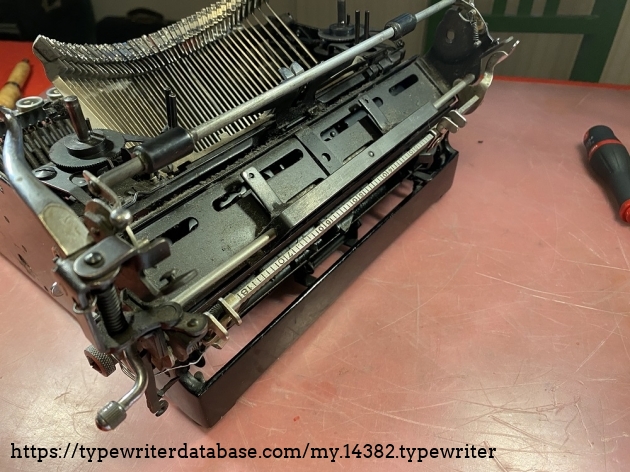
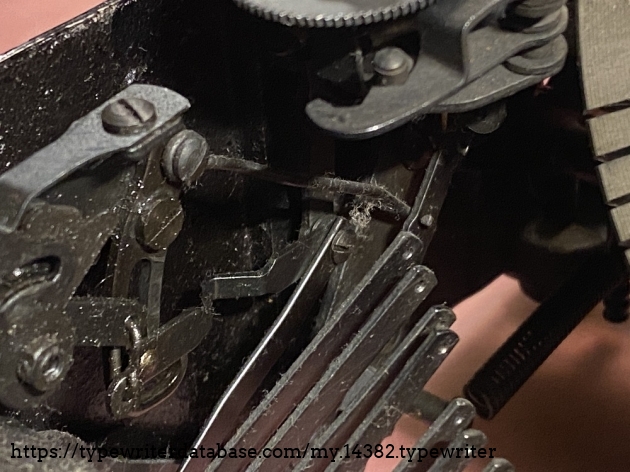
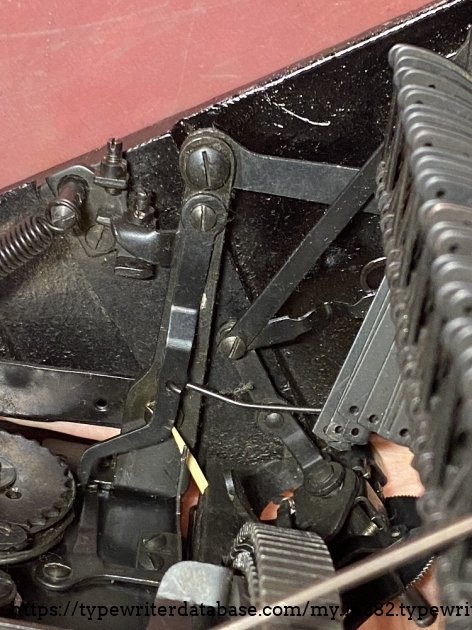
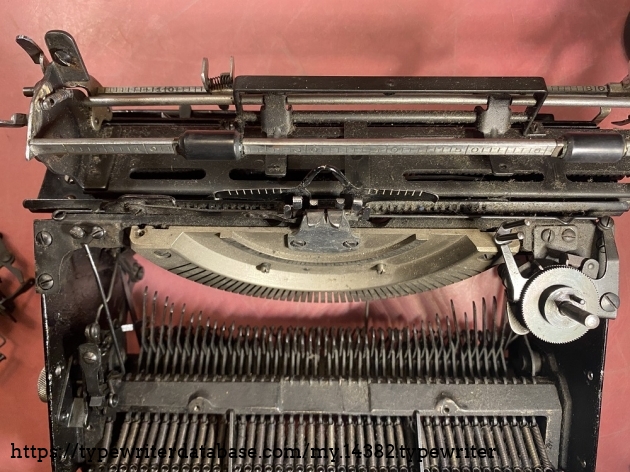
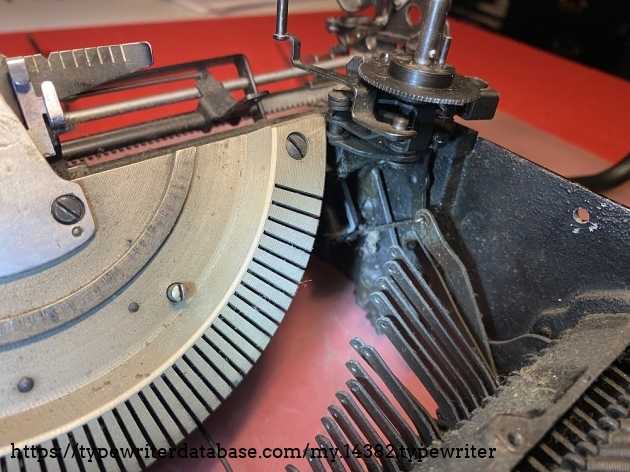
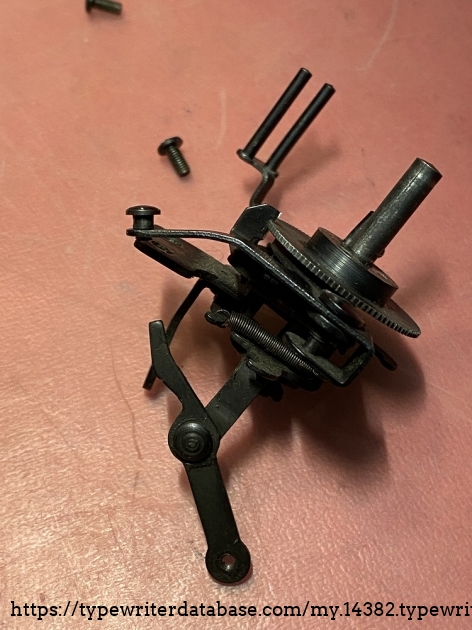
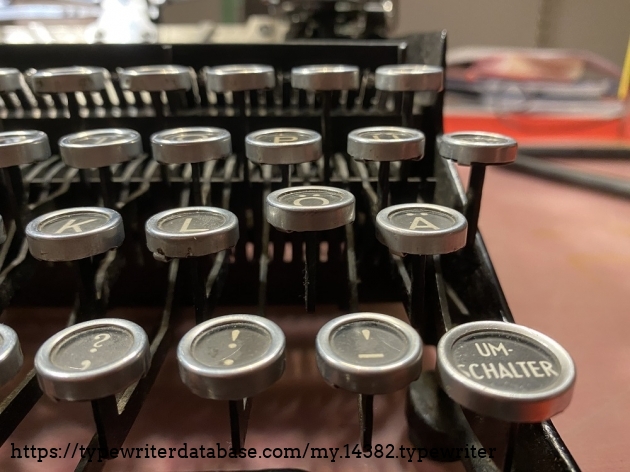
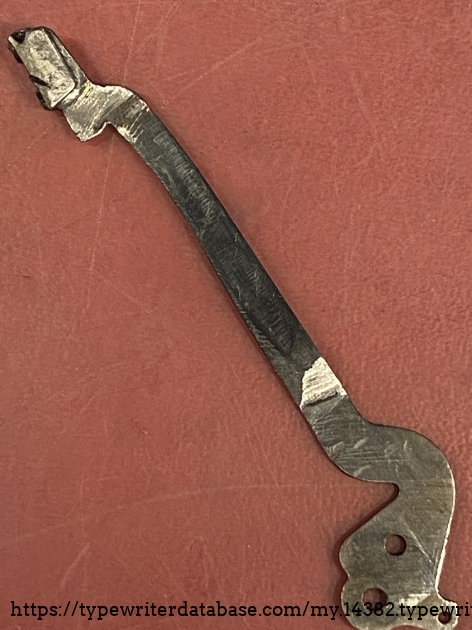
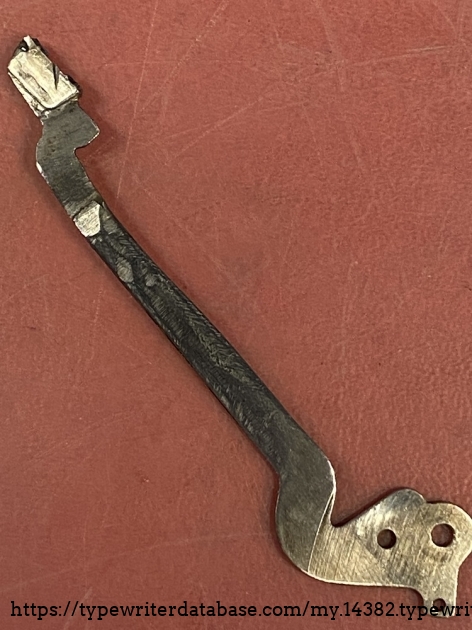
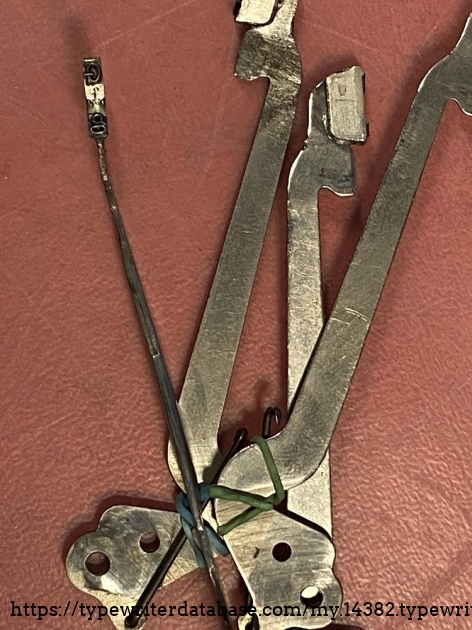
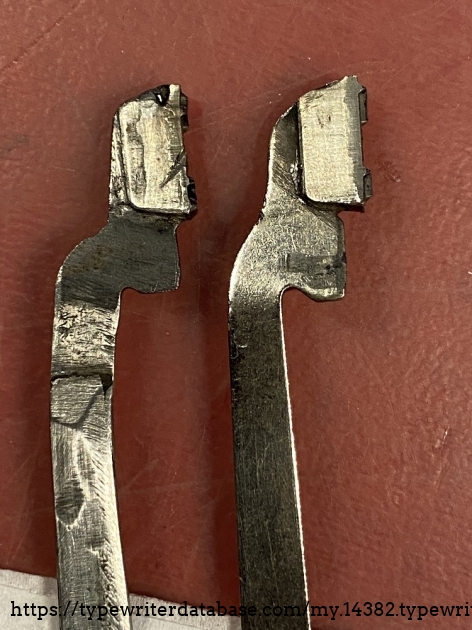
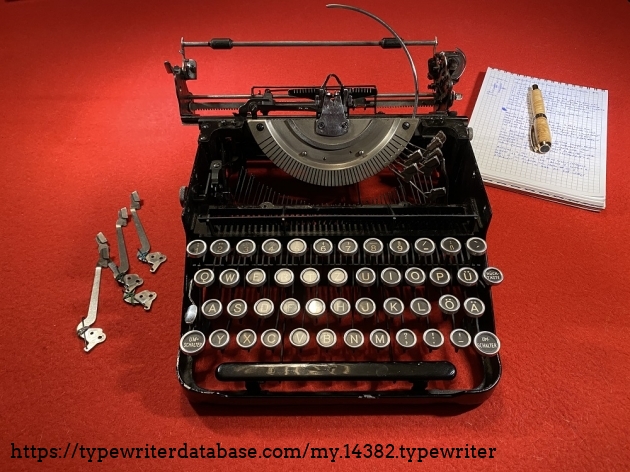
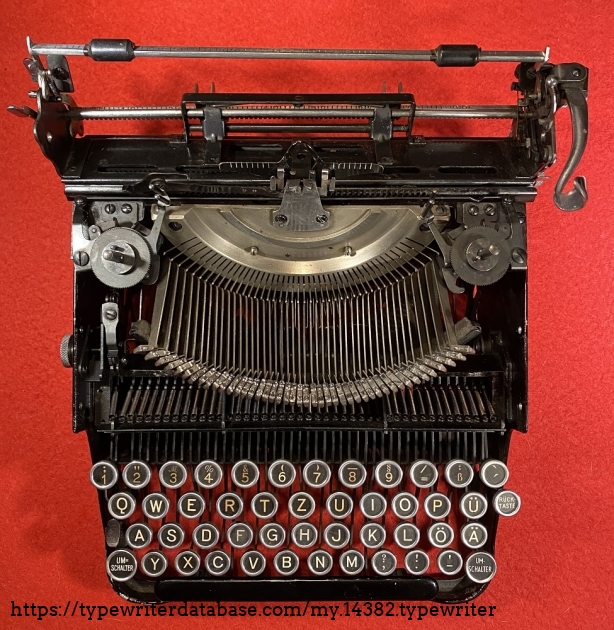
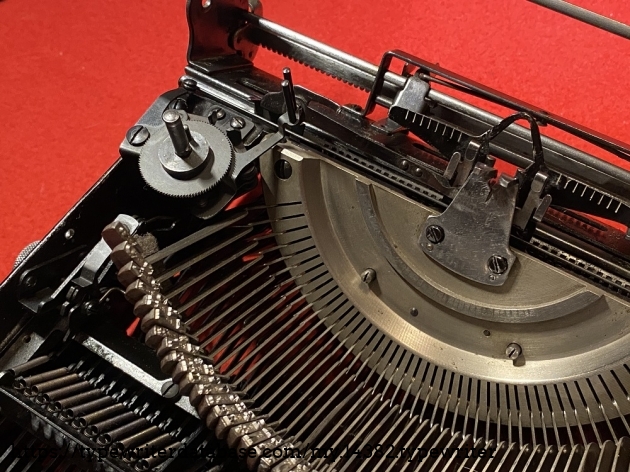
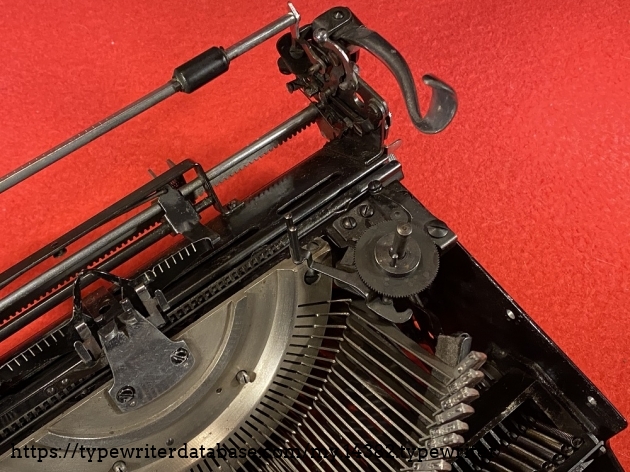
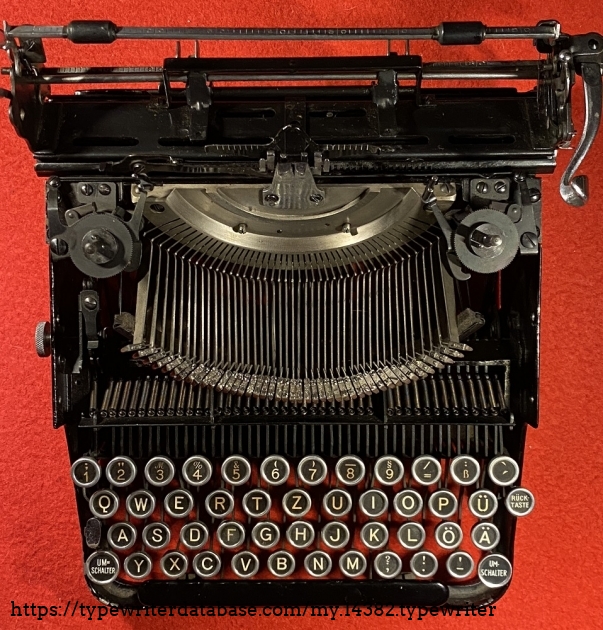
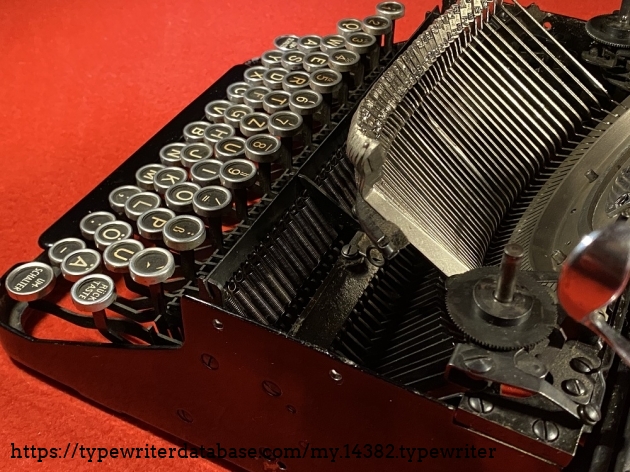
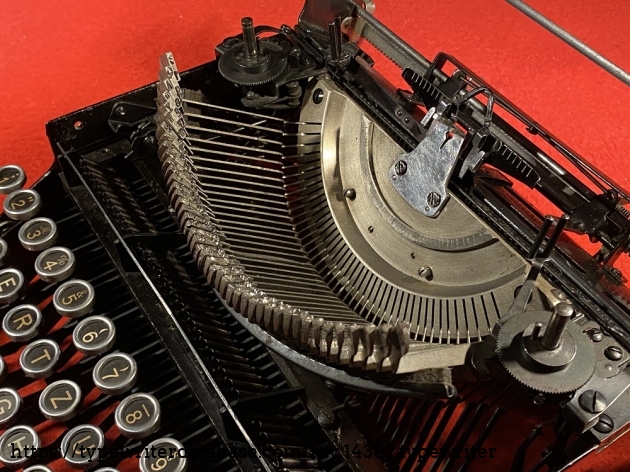
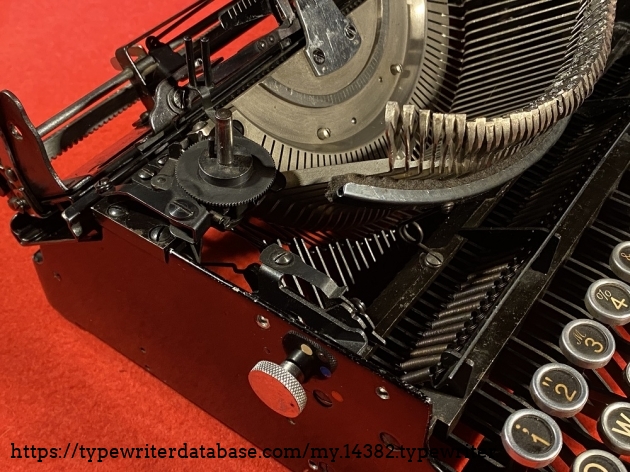
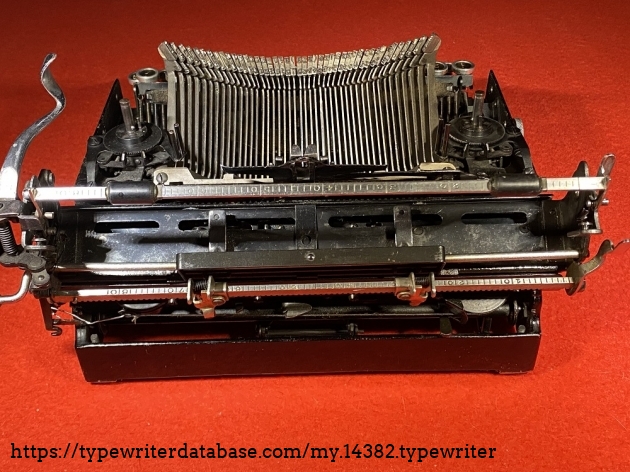
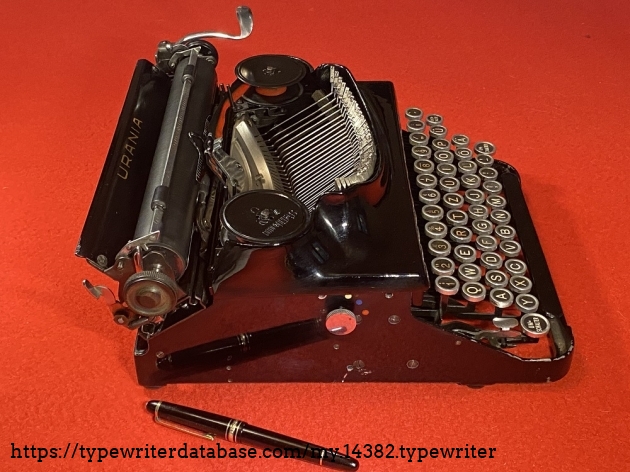
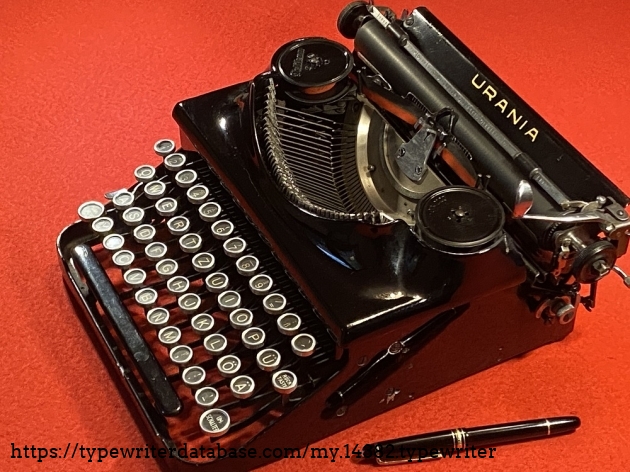
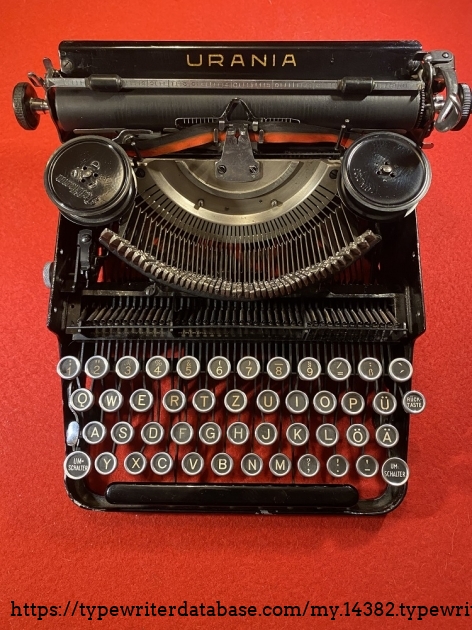
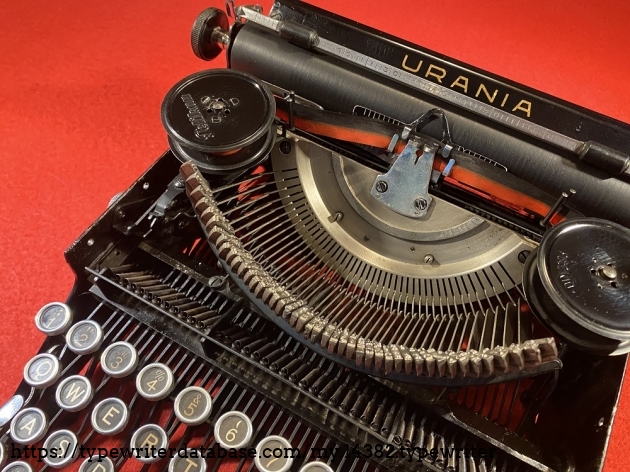
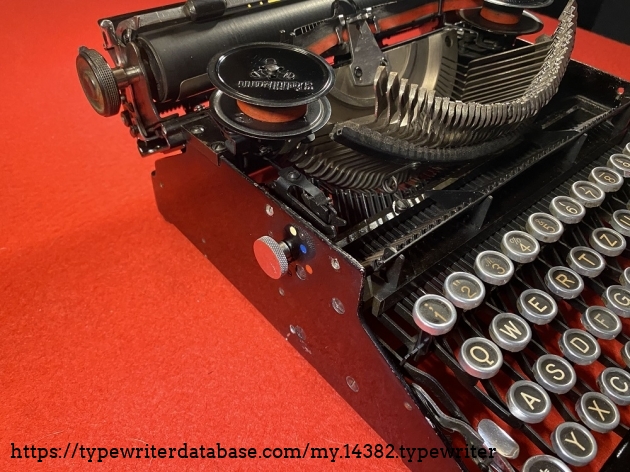
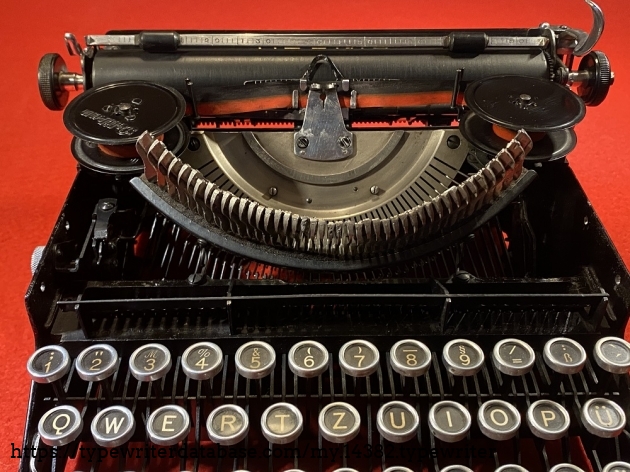
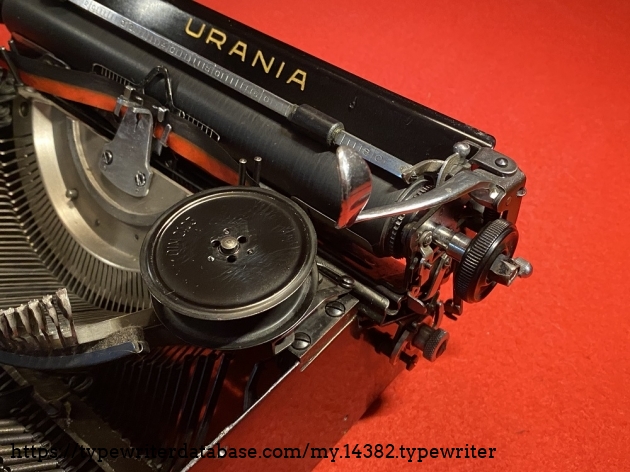
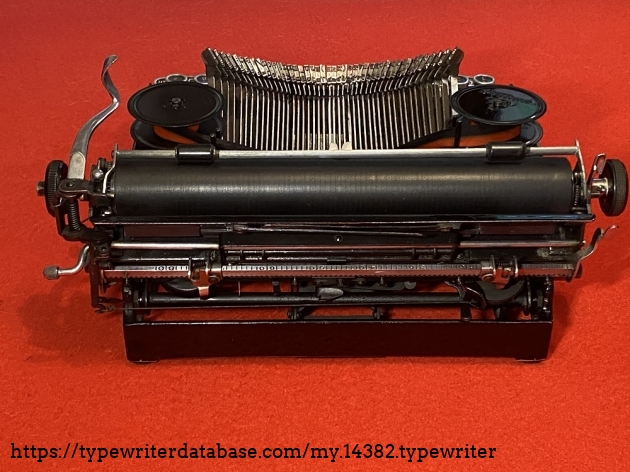
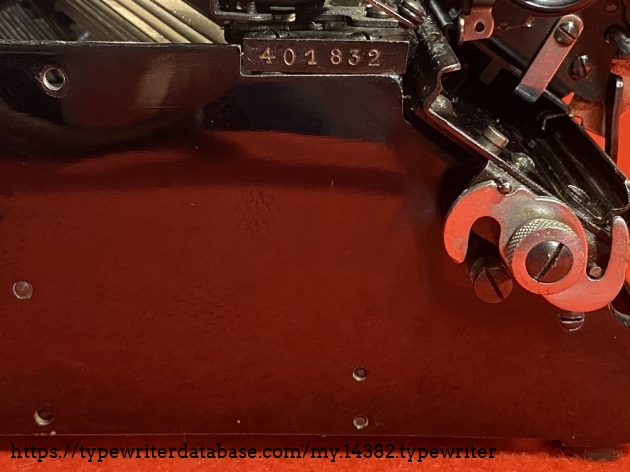
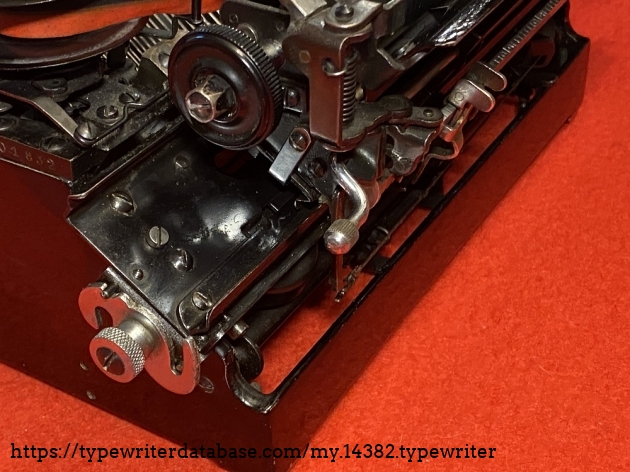
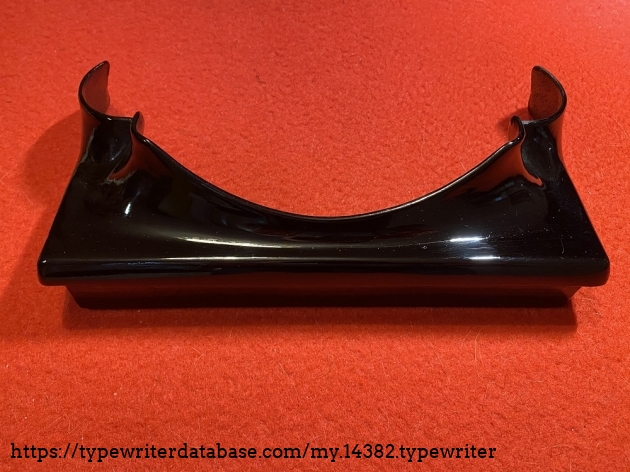
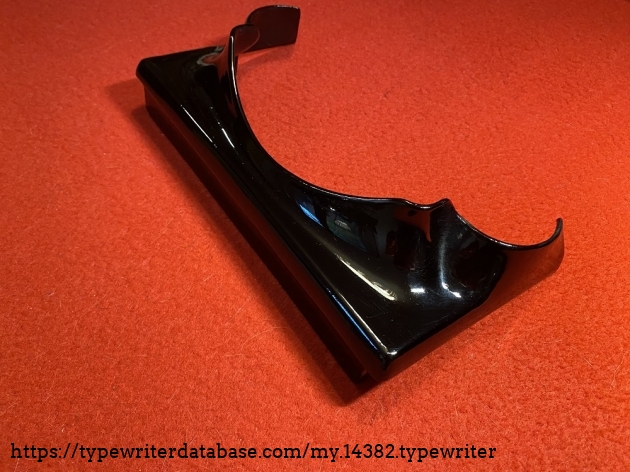
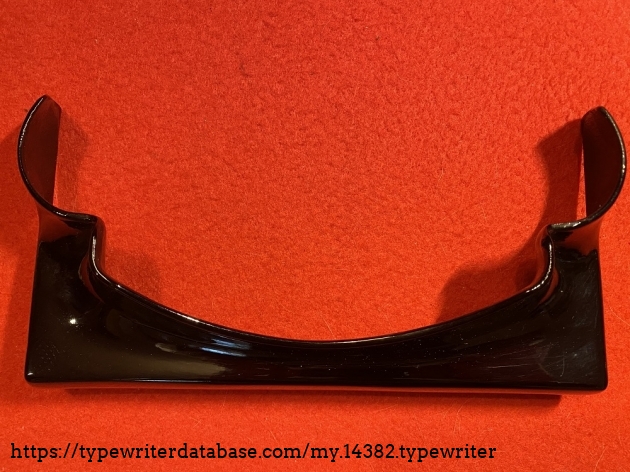
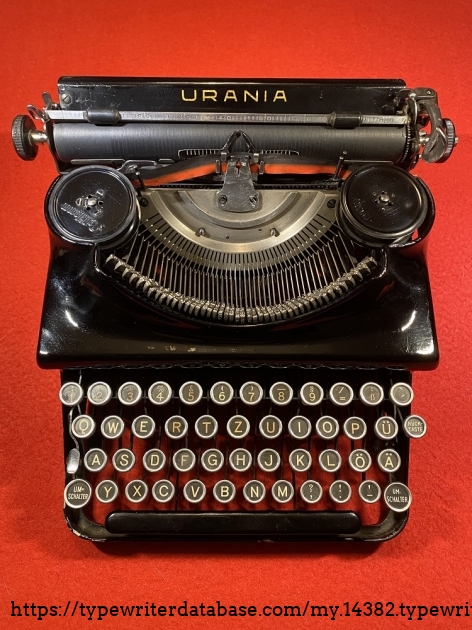
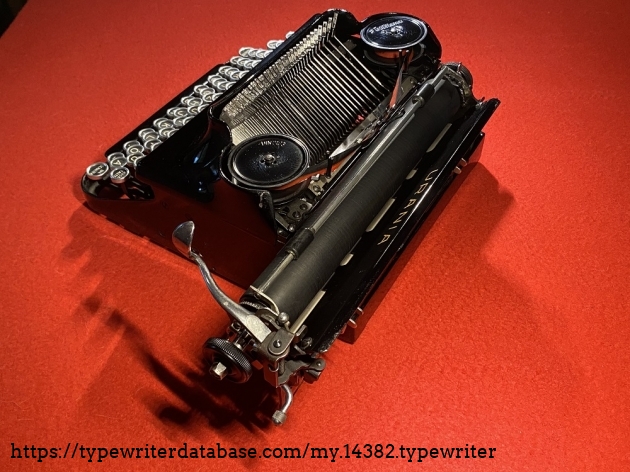
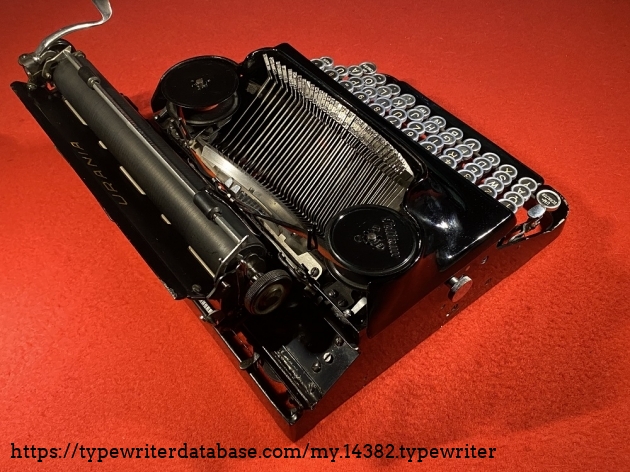
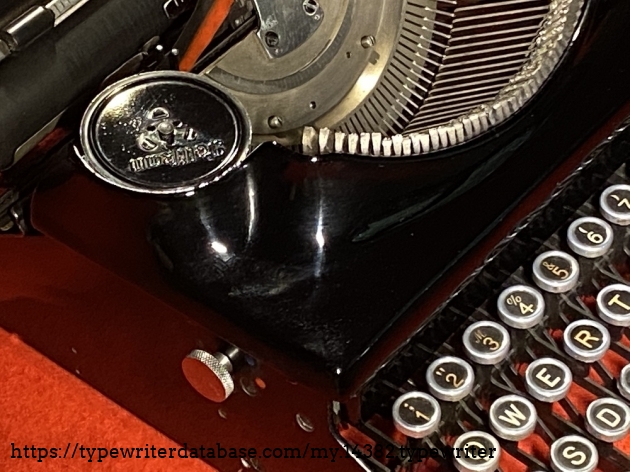
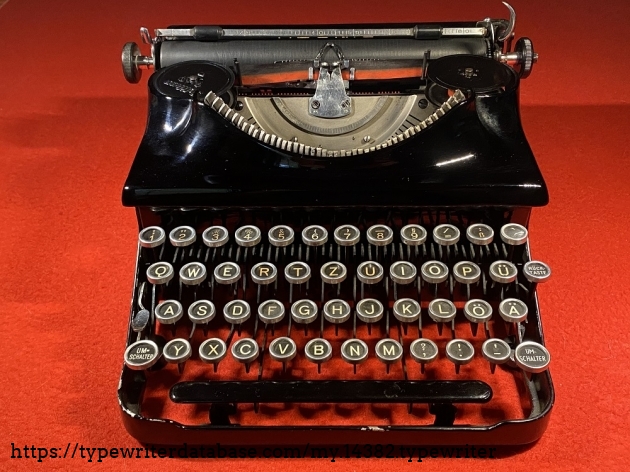
Hunter: Paolo Dal Chiele (pdcox)
Paolo Dal Chiele's Typewriter Galleries [ My Collection ] [ My Sightings ]

Status: Typewriter Hunter
Points: 3152
Interested in historic motoring and vintage cars, I received a typewriter as a bonus when I bought and old off-road car. The previous owner had found somewhere a typewriter produced for the German army and when he sold me the car he gave me the typewriter too. As I learned later, it was a1961 Olympia SM7 Robust..
Of the typewriters I value more character than perfection, the signs that time has left and the stories - or fragments of stories - of those who used them ...
RESEARCH NOTE: When researching the Urania Klein-Urania on a computer with lots of screen real estate, you may find that launching the Urania Serial Number page and the Urania Klein-Urania By Model/Year/Serial page in new browser windows can give you interesting perspectives on changes throughout the model series.
